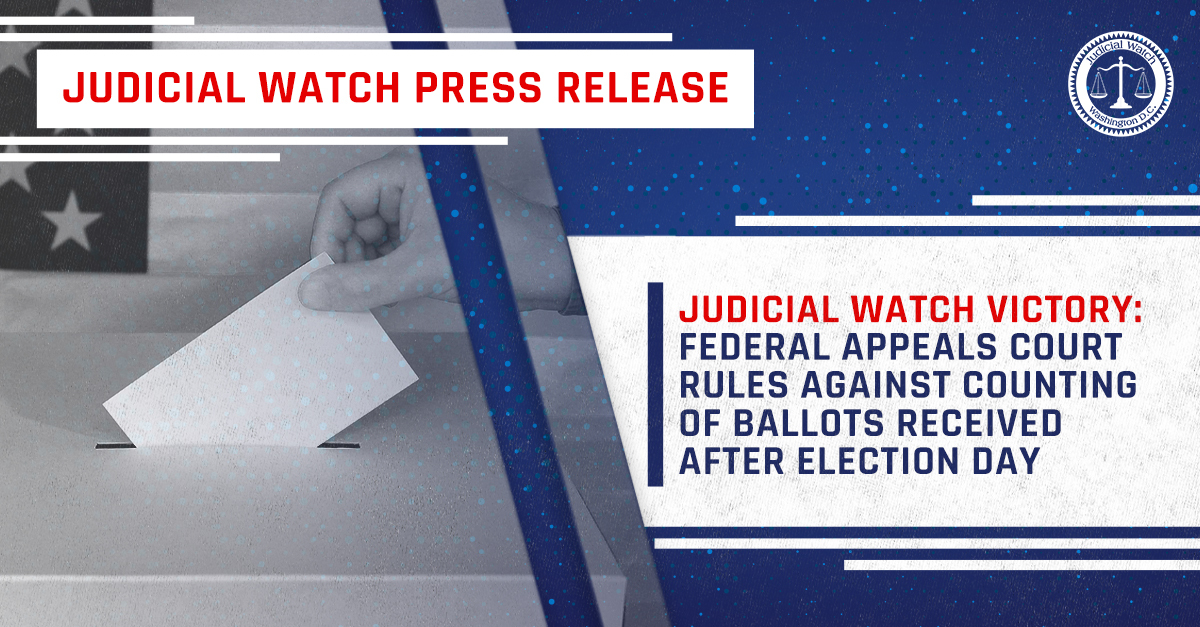

U.S. Dedicates Another $5.4 Million to Futile Anti-Gang Program in Central America


As part of the Biden administration’s fruitless drive to address the underlying factors of “irregular migration” the U.S. government will pour extra money into a longstanding Central American anti-gang program that has failed to put a dent in the region’s gang stronghold and the violence that has spilled north. The program is known as Gang Resistance Education And Training (GREAT) and it has been funded by the U.S. since 2010 in El Salvador, Honduras, Panama and Costa Rica to supposedly prevent youth crime, violence and gang involvement. Under the new $5.4 million grant Guatemala, a hotbed of gang violence, has been added to the list and will receive the biggest single chunk of money.
After investing millions of dollars prior to this latest allotment, the U.S. government admitted it has no idea if the program is working so it spent over $2 million to study its effectiveness, though results are not yet available. GREAT also operates in schools throughout the U.S. using thousands of law enforcement officers to help immunize children in the years immediately before the prime ages for introduction into gangs and delinquent behavior. Nevertheless, there are approximately 30,000 gangs and 850,000 gang members throughout the U.S., according to the Department of Justice (DOJ). In Central America the problem is worse. Though more than a million at-risk youths have completed the U.S.-financed program in the last decade, Latin America is the world’s most violent region, according to a study published by Florida International University (FIU). The problem is so bad in El Salvador that last year the president deployed 10,000 security forces to a “gang-run capital suburb.”
Domestically GREAT is funded and overseen by the DOJ Office of Juvenile Justice and Delinquency Prevention (OJJDP). In foreign countries, the program is run by the State Department’s Bureau of International Narcotics and Law Enforcement Affairs (INL), which works to keep Americans safe by countering crime, illegal drugs, and instability abroad. INL is handsomely funded by Congress and typically gets hundreds of millions of dollars for its drug-related programs. The money helps strengthen the rule of law, human rights protections, law enforcement capacity, anti-corruption activities, and other critical efforts around the globe. Besides financing GREAT, the U.S. has dedicated hundreds of millions of dollars to fighting gangs, crime and drug trafficking south of the border through the State Department’s Central American Regional Security Initiative (CARSI), which also focuses on the impossible task of gang prevention and social programming for at-risk youth.
The evidence shows that the costly taxpayer-funded anti-gang initiatives are not working in the targeted Central American countries. In fact, many of the Unaccompanied Alien Children (UAC) welcomed into the U.S. have gang affiliations. Back in the summer of 2014 when UACs started arriving, Homeland Security sources confirmed that many had ties to gang members in the U.S. At the time Judicial Watch reported that street gangs—including the famously violent Mara Salvatrucha (MS-13)—went on a recruiting frenzy at U.S. shelters housing the illegal immigrant minors and they were using Red Cross phones to communicate. The MS-13 is a feared street gang of mostly Central American illegal immigrants that’s spread throughout the U.S. and is renowned for drug distribution, murder, rape, robbery, home invasions, kidnappings, vandalism and other violent crimes. The Justice Department’s National Gang Intelligence Center (NGIC) says criminal street gangs like the MS-13 are responsible for most violent crimes in the U.S. and are the primary distributors of most illicit drugs.
American taxpayers have the right to know why their government keeps investing in a program that has for over a decade failed to meet its goal of providing at-risk youths in foreign countries the life skills to avoid delinquent behavior and violence. The most recent grant announcement keeps it vague, stating that approximately 1.4 million at risk youths “have been benefitted.” No further details are provided to support the steady flow of cash from the U.S. It appears to be in support of a Biden administration initiative called Collaborative Migration Management Strategy to address the root cause—and fund purported solutions—of irregular migration from the impoverished region. The plan was launched in 2021 to address the underlying factors leading to migration, increase humanitarian assistance to alleviate conditions, provide protection to vulnerable populations, create messaging campaigns to deter irregular migration and expand lawful pathways to protection and opportunity in the U.S. Earlier this year the administration gave El Salvador, Guatemala and Honduras $260 million in humanitarian funding with the unlikely goal that the money will improve life enough to deter its citizens from coming to the U.S. illegally. Now it is claiming to put a dent in gang violence with a costly program that has proven to be futile.















